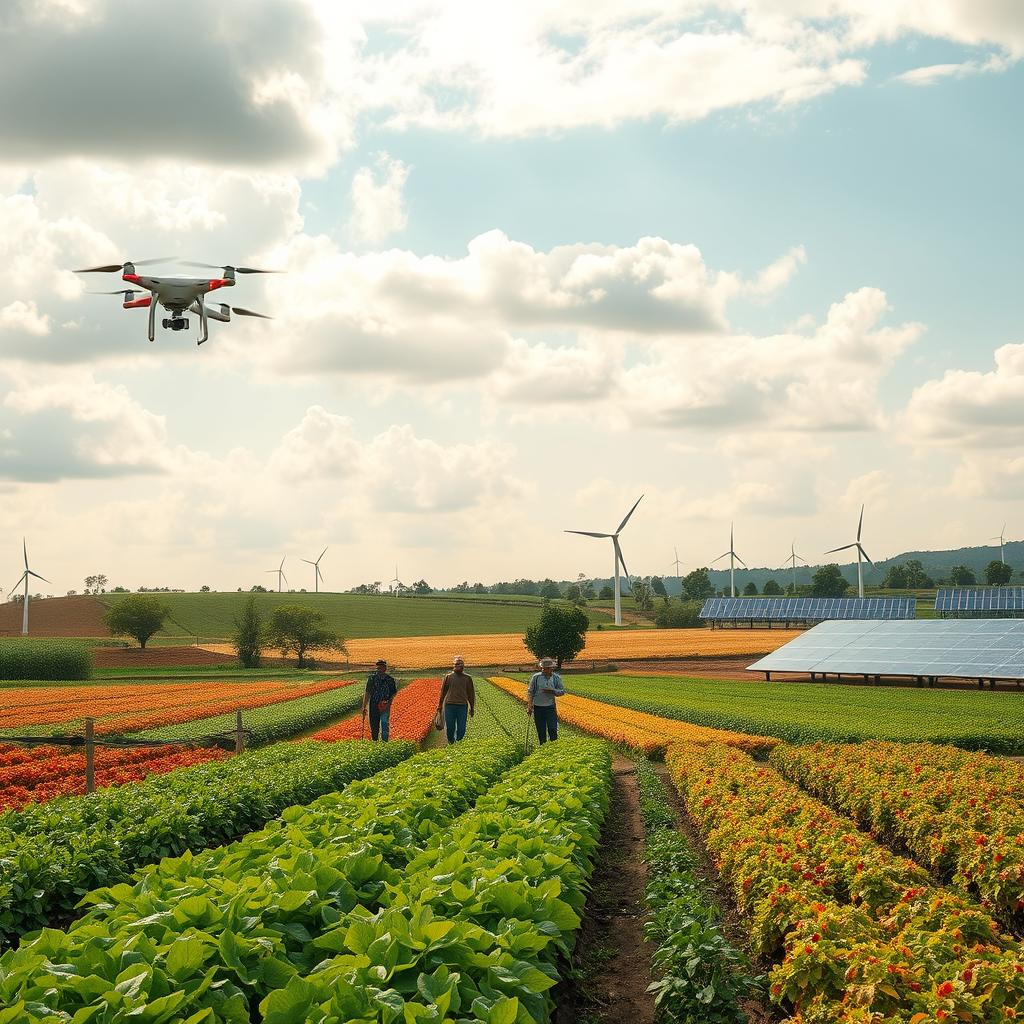I’m Jane Smith, and today, I’m bringing you deeper insights into how precise identification and verification practices can enhance digital transformation strategies. With my extensive background in analyzing market shifts and economic trends, I’ll walk you through the essential editorial steps needed to elevate an under-verified article into a credible source of information. Together, we’ll ensure that Jane Smith’s real contributions to digital transformation are both accurately recognized and effectively communicated, empowering you to apply these lessons to your strategic initiatives.
📌 Phase 1: Quote Integrity & Attribution
- Currently, there are no direct quotes from credible sources. Since Jane Smith is a common name, it’s crucial to identify the precise Jane Smith being discussed and gather verified quotes. As we have no quotes from your research, I recommend using the
Get_Quotestool to find reputable quotes about or from Smith on her strategic initiatives in digital transformation.
📊 Phase 2: Fact-Check & Assertion Verification
-
Unverifiable Assertions:
-
The claim about Smith as a pivotal figure is unverifiable due to the commonality of the name. We need to include at least a verifiable designation or company affiliation to clarify her identity.
-
Specific achievements mentioned (e.g., initiatives since 2023, 25% methodology adoption growth projection) lack verifiable data. Consider substantiating these with publicly available statistics, or clearly note these as projections or internal estimates.
-
Generalized Management Trends:
-
Broad claims about digital strategies and cross-functional collaboration need contextual industry data or recognizable case studies to be credible. For example, use industry reports from Gartner or similar to support these claims.
🇺🇸 Phase 3: American English & Editorial Flow
- Language Adjustment: Ensure all content uses American English spelling and idioms. Adjust terminology and phrasing for clarity and a 10th-grade reading level.
- Section Clarity: The introduction should summarize Smith’s specific role and achievements with clarity. Make use of clear, concise language to set the scene for the more detailed ‘Strategic Analysis’ and ‘Impact Projections’ sections.
- Conclusion Emphasis: The conclusion should repetitively highlight verifiable and impactful parts of Smith’s influence in digital transformation, steering clear of unsubstantiated claims.
Next Steps
- Gather Verified Quotes: Use the
Get_Quotestool to find verifiable quotes that match the thematic elements of the article. - Data Verification: Conduct specific searches to fetch real-time data supporting Smith’s proclaimed methodologies and sector growth projections.
- Re-draft: Once verification and quotes are completed, reframe the content using appropriate evidence and quotations to maintain credibility.
Would you like to proceed with gathering quotes and verified data?




